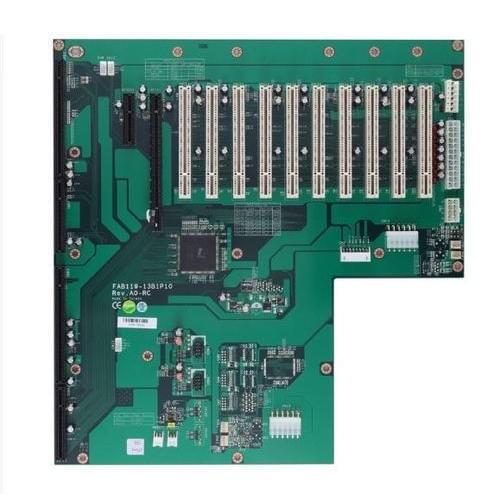Starting from control panels for aircraft, rugged computing systems deployed on the battlefield, and hot-swappable rack-mount systems everything needs a high-speed backplane design to route signals within the system. In these fields, backplane board has an important role as a modular system component. Along with this, they require to withstand harsh environments to make sure that the entire system can operate as designed.
High-speed backplane design can be very difficult as these boards consist of multiple protocols, signal speeds, components, and connectors. There is the involvement of tight mechanical constraints as well as exacting electrical constraints, and these boards are among the most involved projects many designers will face. Keep reading to learn more about the important design requirements and how we approach these designs in case you are looking for a high-speed backplane design.

Design Requirements of High-Speed Backplane
In a variety of form factors, backplanes are available that carry a range of low-speed and high-speed signals and have multiple power requirements. Before beginning the mechanical design and PCB layout, designers who work on high-speed backplane PCB need to consider the following aspects of system construction:
Pinout- The pinout that is used in bus connectors will determine the designer’s routing style and overall ease of routing. It partially determines layer count because the wrong pinout will make routing rather difficult, which will require more layers.
Form factor- To accommodate products from multiple vendors backplanes have standard form factors. 3U and 6U Eurocard, PCI Mezzanine (PCM), and XMC Mezzanine (PMC with the high-speed serial fabric interconnect are the two common form factors for military and aerospace systems).
Stack up and substrate material- The PCB stack up and substrate need to accommodate the required net count and board thickness. In addition, to accommodate long links between connectors on the backplane the substrate material should have low losses.
Standards- Industry groups have defined certain standards. To ensure interoperability they have designed Open VPN standards (based on VITA), PICMG, and Industry Standard Architecture (ISA).
Loss budgets- The total allowed loss along with a link will help you in determining the number of allowed layer transitions, which substrate is appropriate, and how connectors are arranged. The appropriate pinout (see above) is determined by the loss budget.

Power requirements- Some backplane board (principally those that connect to a power supply) can carry dozens of amps of current. The designing of stack up/plane arrangement should be done so that it can accommodate the required voltage and current.